Whether you’re on a shooting range or going on a hunt, your hearing is your most important asset. This is the reason why shooting ear muffs are a must-have gear for every shooter. With so many options available on the market today, it can be overwhelming to find the right pair for your needs. That’s why we’ve put together this guide.
Table of Contents:
1. Understanding noise reduction rating (NRR)
2. Importance of comfort and fit
3. Durability and materials
4. Additional features to consider
5. Price vs. performance
Understanding noise reduction rating (NRR)
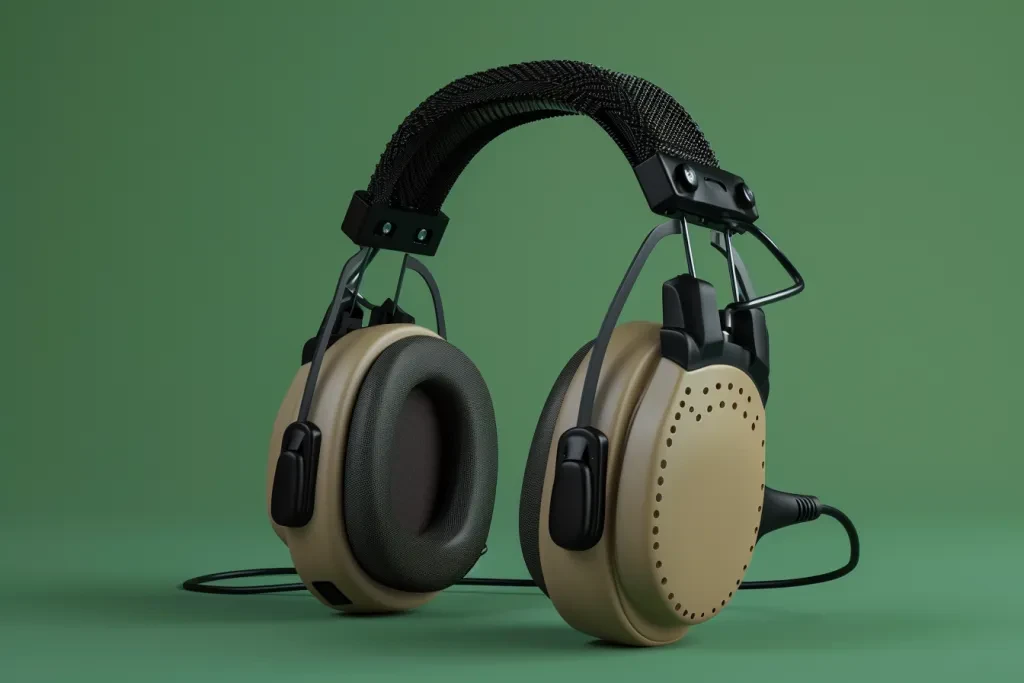
The first step when choosing shooting ear muffs is to understand what the NRR (Noise Reduction Rating) is and how it impacts sound reduction in a given environment. To be considered an effective tool of hearing protection, an ear muff, plug or other device MUST reduce the user’s sound exposure by a certain amount. An Improved Protection rating must reduce total sound exposure by 50 per cent or more. This rating is assigned a numerical value, called the Noise Reduction Rating (NRR). This NRR is applied to the average sound exposure the device reduces, and this value is posted on the ear muff label by the manufacturer. When it comes to shooting, the higher the NRR, the better, as it provides the utmost protection from hearing damage. Shooting ear muffs usually have an NRR of 22-34.
That being said, a higher NRR guarantees only a higher degree of protection when used properly and fitted appropriately. Ear muffs must seal properly around the ear, with no gaps, or their effectiveness is greatly reduced.
Furthermore, the kind of shooting environment you’re in can affect the NRR you need. Sound reverberates more in an indoor, enclosed shooting space than in an outdoor one. Finding the right balance of NRR with comfort and ease of use will help you hear safely.
Importance of comfort and fit
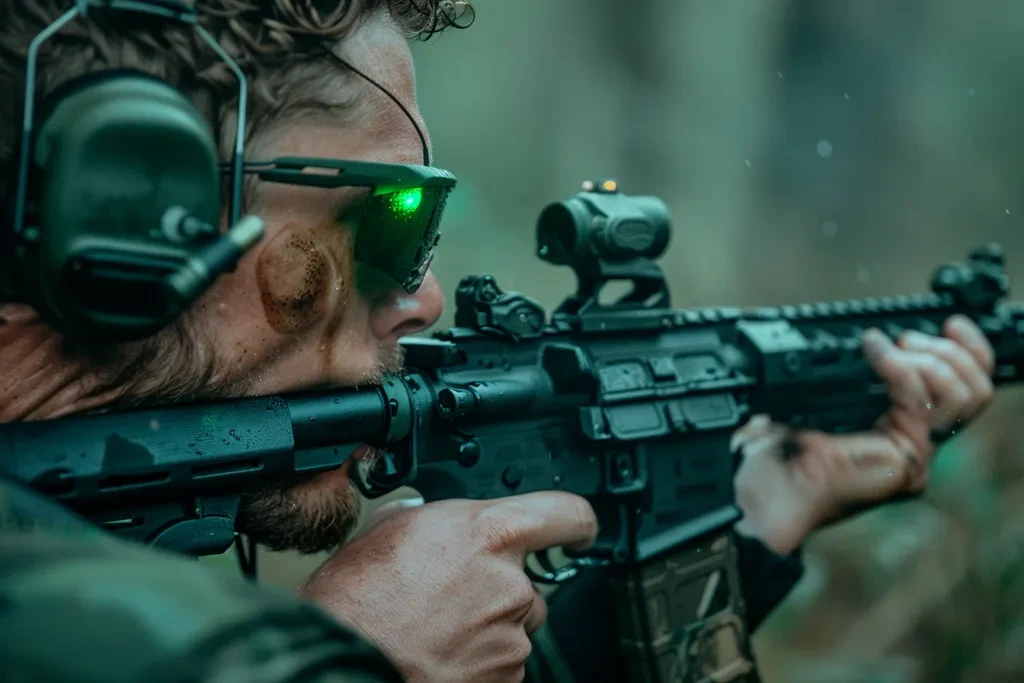
Fit and comfort are key when choosing shooting ear muffs, and any extendable time spent shooting requires comfortable hearing protection that can be worn for hours at a time without causing ear fatigue, headaches or other discomfort. The headband should be fully adjustable and padded, and should provide a secure fit for the user without causing pain, discomfort or imbalance.
The ear cups are critical to comfort. Earmuffs should have padded ear cups that are made of foam or gel: both materials offer a better seal and better comfort. The pressure around the ears is greatly reduced. Buttons and switches should also be easy to grip with gloves on. Some ear muffs are engineered to the shape of the head and ears to feel like they’re part of you rather than something you’re wearing.
There’s also ventilation to think about. Some ear muffs with open-mesh construction pass air over the ears, so sweat doesn’t build up on your ears (a comfort factor in hot weather or when you’re shooting a lot). It’s worth trying a few pairs, and looking at reviews from users.
Durability and materials
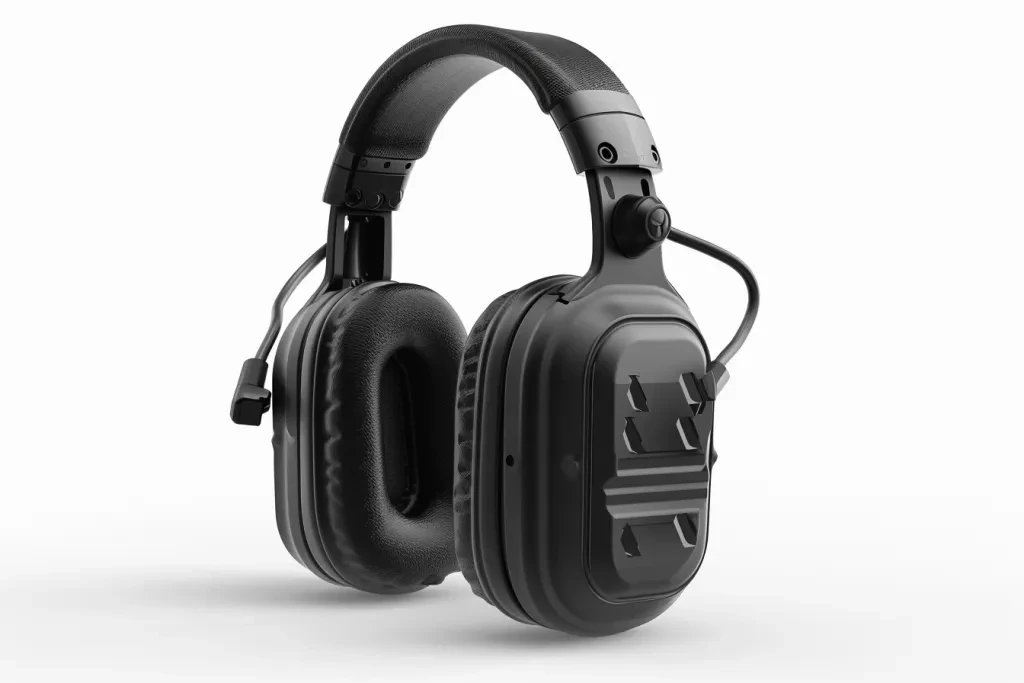
For shooting ear muffs, you need to look into the durability. Since they’re meant for frequent use, ideally they shouldn’t be broken down in quick time. High-quality materials such as reinforced plastics and stainless steel are the best option to look for when evaluating shooting ear muffs. You’ll end up saving money, as strong materials for a shooting ear muff mean you won’t have to replace them that often.
Built quality might include hinges and other adjustable parts that are sturdy enough to withstand repeat adjustments without breaking, along with materials that make the muffs waterproof or at least water-resistant, so that they don’t get damaged from sweat or in case it starts raining while you’re out.
Moreover, some shooting ear muffs can have replaceable parts like ear cushions and headbands. When these components wear out, the user would not need to buy another pair of ear muffs as a replacement, but only the spare parts.
Additional features to consider
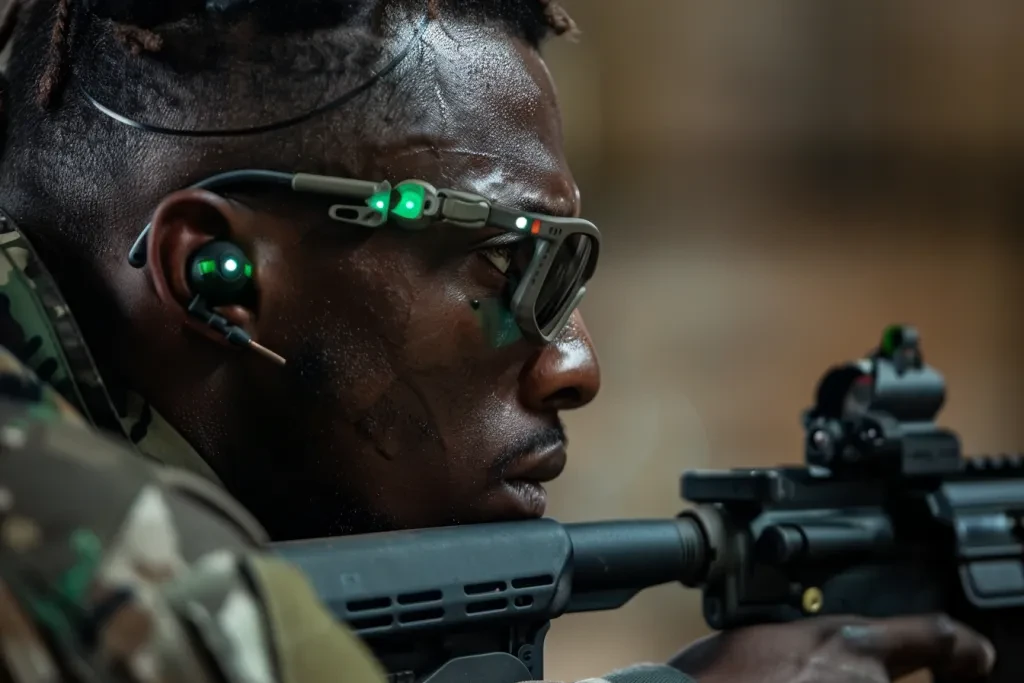
Many modern shooting ear muffs have a number of extra features that complement their basic function. Electronic ear muffs feature sound amplification of low-level sounds while providing protection at high noise levels, which would otherwise cause hearing damage. This has the advantages of allowing for sharper situational awareness and communication.
Bluetooth capability is also a nice touch, enabling the wearer to connect to a mobile device and stream music or take calls, for a touch that could make a long day at the range or in the field more palatable.
Some ear muffs also have a built-in microphone and speakers for two-way communication, which is great for team shooting. Considering these additional features and how important those features are to you, based on your shooting habits, can help you select the most fitting ear muffs.
Price vs. performance
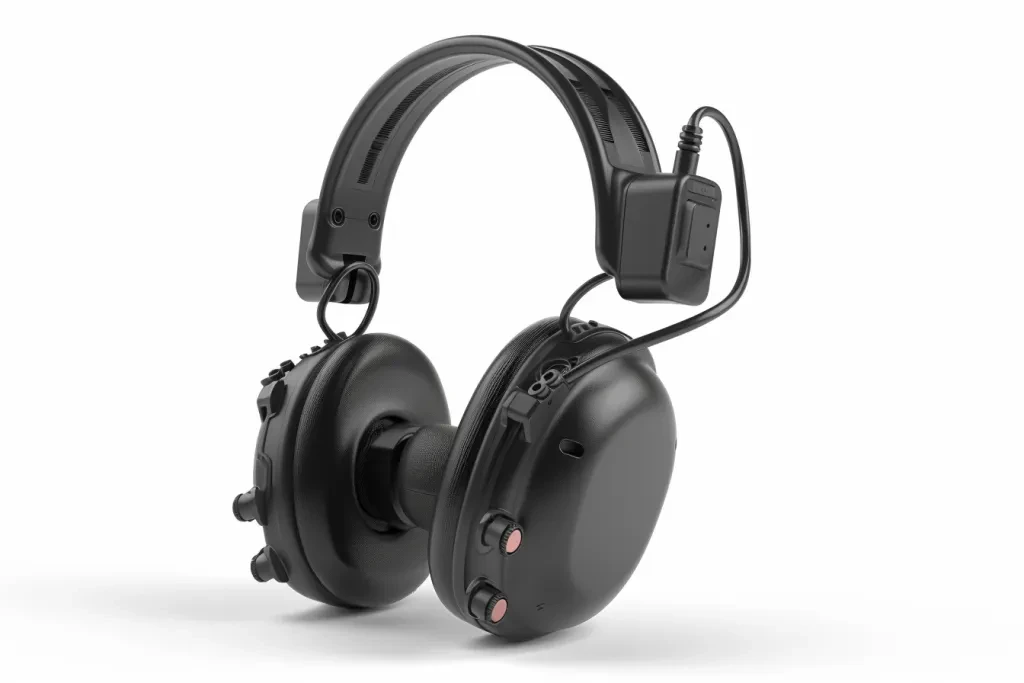
Price versus performance is another consideration when thinking about shooting ear muffs. Higher-end models tend to offer better noise reduction, more comfort, and additional features – but they also cost more. You’ll need to think about whether the added value will be worth the extra expense.
Mid-range electronic ear muffs are often a good compromise between price and performance. Mid-range models will usually have enough features to provide adequate performance in terms of noise reduction and comfort, without the extreme expense of the high end. Mid-range ear muffs are a good option for casual shooters, or those on a tight budget.
Cheap ear muffs will not fare well under challenging conditions and close scrutiny However, cheaper ear muffs do represent entry-level budget options and, despite their drawbacks, can still offer some good basic hearing protection. If you only need your ear muffs for a single-day event, then it could be worth choosing them as a set of backup ear muffs. You’ll need to look around to find your perfect match. Try to compare features, benefits and costs over the various price ranges, and read some reviews.
Conclusion
What are the most important considerations for shooting ear muffs? How can you make sure you choose the best shooting ear muffs to preserve your hearing for years to come? With so many different types and styles of ear muffs, all with different claims and features, it can be difficult to know what to look for. In this article, we’ll discuss the most important things to keep in mind so that you can choose between the best ear muffs for shooting and prioritise your own personal protection. The most important aspect of hearing protection is the protection itself, measured by the value given to this product by the manufacturer. It’s called NRR, or Noise Reduction Rating. The latest FDA hearing protection standards suggest the maximum value of the rating for any single piece of hearing protection should be 33 dB. This means it would provide a 33 dB less loud sound. Shooting range ear muffs should clearly state their NRR rating, providing the user with some guide to the level of protection they will provide. However, it is important to keep in mind that the rating is based on specific scenarios, and that buyers will not always be able to replicate those scenarios for accurate consumer measurements. One such scenario used to rate ear muffs is a machine-gun target range, where shooters are testing the muffs by firing repeated blasts at it from a short distance (2 metres). While this does test the ear muffs, it is highly unlikely you will be shooting a target from your own ear canal. For that reason, it is important to consider the comfort of the ear muffs you purchase.



